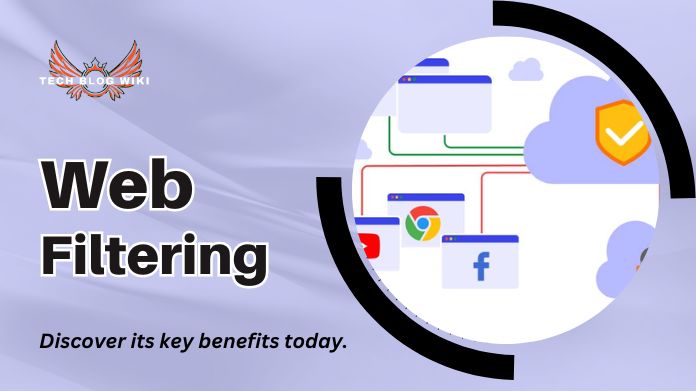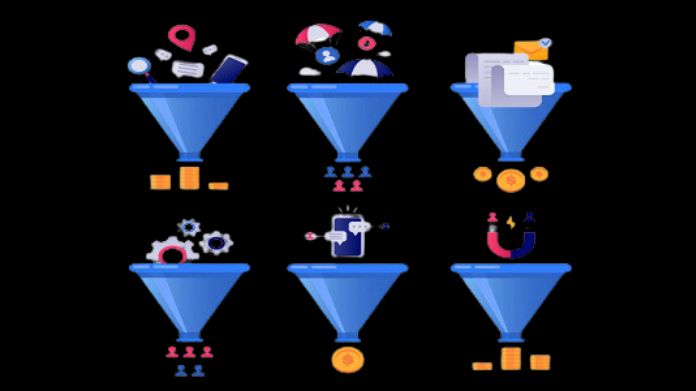In the digital era, the vast expanse of the Internet has become an indispensable part of daily life, offering unlimited access to information, entertainment, and communication platforms.
However, this unrestricted access comes with significant risks, including exposure to inappropriate content, cybersecurity threats, and distractions that undermine productivity.
This is where web filtering emerges as a critical technological solution designed to navigate the complexities of online content management. Web filtering controls the content users can access on the Internet based on predefined criteria or policies.
It serves as a digital gatekeeper, blocking harmful or irrelevant websites and ensuring that the digital environment aligns with individuals, families, and organizations’ safety, security, and productivity goals.
By scrutinizing web requests against a database of categorized content, web filtering tools are pivotal in enhancing online safety, protecting sensitive information, and fostering a focused and efficient online experience.
As we delve deeper into the intricacies of web filtering, it becomes clear that this technology is not just about restricting access but empowering users to navigate the Internet wisely and securely.
What is Web Filtering?

At its core, web filtering is about monitoring and controlling the web content a user can access. It employs algorithms and databases of categorized websites and keywords to decide whether a particular site or content is permissible.
It can be implemented through software applications, browser extensions, or directly on a network via hardware solutions.
Firewalls are not web filters. Firewalls typically operate on a network level by referencing block lists, but it closely inspect websites, web pages, and domains.
Users are protected by both but in different ways. In essence, it actively detect and react to queries in real-time, whereas firewalls typically allow all traffic unless specifically instructed otherwise.
Web content access can be restricted via various means, including network-wide and browser-based web filters. Internet users also use search engine filters on some websites (mostly search engines) to filter the content they want to view.
However, this process could be more efficient compared to specialized web filtering software or other comparable web filtering solutions.
How Web Filtering Works?
It operates by intercepting web requests and analyzing the requested URLs against a set of rules or policies defined by the administrator or the filtering software.
These rules can be based on website categories (such as adult content, social media, gambling sites), specific URLs, keywords, or even the time of day.
If a request matches a blocked category or URL, the filter prevents the web page from loading, often displaying a message explaining why the site was blocked.
Benefits of Web Filtering

1. Enhances Online Security
Web filters can block access to malicious websites known to disperse malware, phishing scams, or other security threats. This protection is crucial for preventing data breaches and protecting sensitive information.
2. Boosts Productivity
In educational and workplace settings, it can restrict access to non-work-related sites or platforms known to distract, such as social media or streaming services. This helps maintain focus and productivity among students and employees.
3. Protects Against Inappropriate Content
For families and schools, web filtering is essential for safeguarding children from inappropriate or harmful online content. It ensures that only age-appropriate websites are accessible, promoting a safer Internet experience.
4. Manages Bandwidth Usage
By limiting access to high-bandwidth sites like video streaming services, organizations can better control their Internet bandwidth, ensuring critical services have the necessary resources to operate efficiently.
5. Enforces Internet Use Policies
Web filtering helps enforce organizational policies regarding Internet use. It ensures that users adhere to the guidelines set by their institution, whether for ethical, legal, or productivity reasons.
6. Legal Compliance
Certain industries are subject to regulations that mandate blocking specific types of content. Web filtering can help organizations comply with these legal requirements, avoiding penalties and legal issues.
7. Reduces Liability Risks
By controlling access to content deemed offensive or inappropriate, organizations can mitigate the risk of harassment claims or other liabilities related to Internet use.
Implementing Web Filtering
Implementing web filtering requires careful consideration of an organization or household’s specific needs and policies. It involves:
1. Choosing the Right Solution: Select a web filtering solution that fits the environment’s size, complexity, and specific requirements.
2. Setting Up Policies: Defining clear, comprehensive policies on what content is permissible and what is not, tailored to the users’ needs.
3. Educating Users: Informing users about the web filtering policies, their reasons, and how they contribute to a safer and more productive environment.
4. Regular Updates and Maintenance: Keeping the web filtering system updated to ensure it continues to block new threats and adapts to changes in web content.
Challenges and Considerations
While web filtering offers numerous benefits, it has its challenges. More relaxed filters can block access to legitimate educational or work-related resources, potentially hindering learning and productivity.
Additionally, no filtering system is perfect; inappropriate content might slip through, or users might find ways to bypass the filters. Balancing security and accessibility is crucial for an effective web filtering strategy.
Conclusion
Web filtering is a powerful tool for managing Internet access, offering significant security, productivity, and Compliance benefits.
Effectively blocking access to harmful or distracting content creates a safer, more focused online environment. However, its implementation should be carefully managed to balance the need for protection with access to legitimate information.
As the digital landscape grows, it will remain an essential component of digital hygiene and online safety strategies, protecting users from the myriad of risks in the online world.






